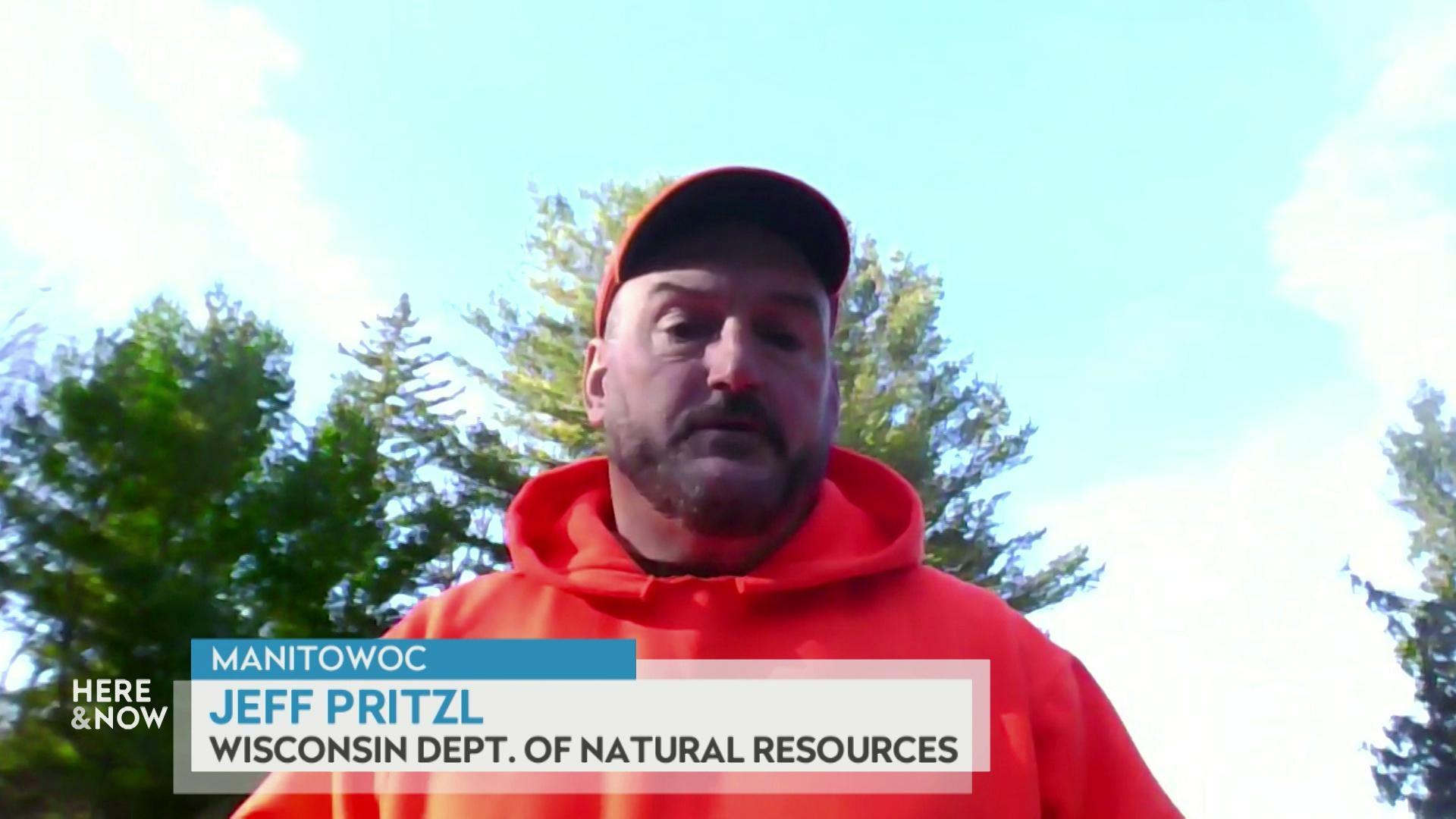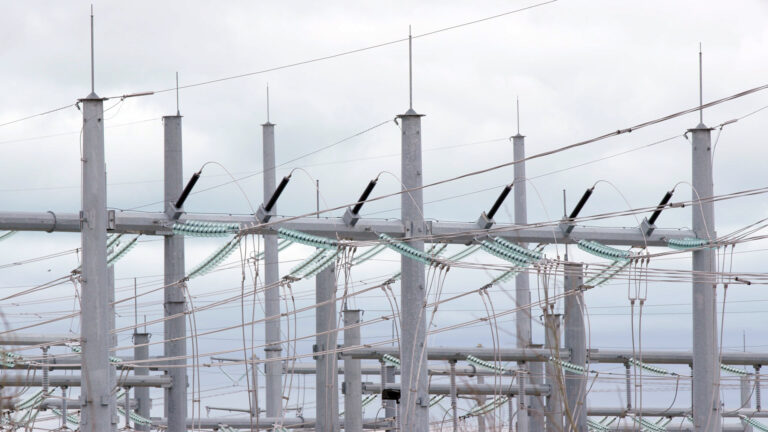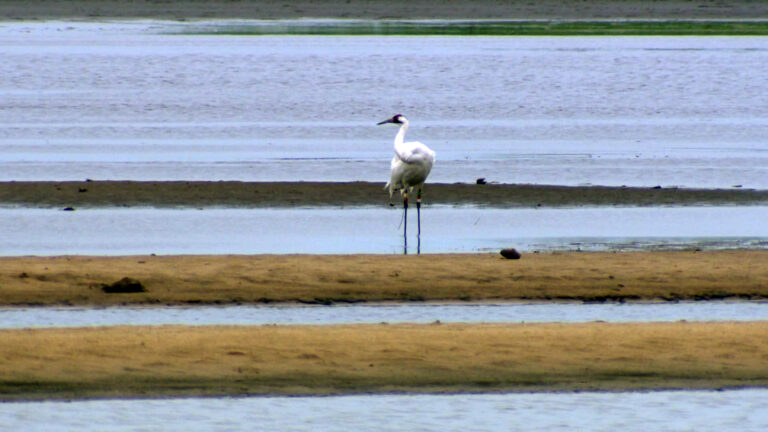The El Niño winter of 2023-24 and drought in Wisconsin
Historically warm conditions over the winter months reflect a global weather phenomenon that is threatening to extend drought conditions in the state and affect the start of a new growing season.
By Aditi Debnath | Here & Now
February 16, 2024
At the start of the new year, heavy winter storms hit much of Wisconsin. Along with bitter cold, storms brought more snowfall than the state saw in all of December combined.
Although that snowstorm was not abnormal for a Wisconsin winter, the sub-zero cold felt extreme because temperatures before and after the storms were above freezing.
February returned back to the unusually warm temperatures that marked the beginning of the 2023-24 winter. The unseasonable warmth is likely due to climate change and a weather event called El Niño – when rising temperatures in the Pacific Ocean cause a warmer winter and less snowfall. It also means a dry winter.
A dry El Niño winter could prolong the effects of drought conditions in one-third of the state. These conditions have a particular impact on farmers. Although the snow is melting because it’s warm during the day, at night it’s below freezing, so the soil stays frozen.
The frozen soil is unable to absorb the snowmelt and remains dry until the spring thaw, at which point farmers need wet soil to germinate young crops.
December 2023 marked Wisconsin’s warmest and driest on record, being between 5 and 9 degrees Fahrenheit warmer than average. About 740,000 Wisconsin residents currently live in areas of drought, particularly in the northern part of the state.
While El Niño comes along every three to five years, the effects of climate change could bring these conditions in more Wisconsin winters to come.
 Passport
Passport











Follow Us